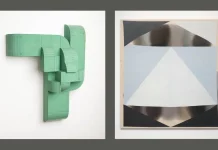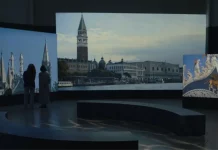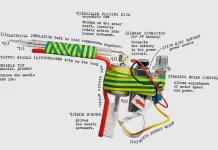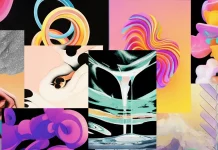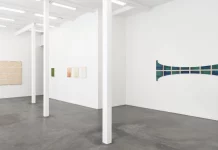SPLASH, an exhibition of paintings by William Betts presented at Thatcher Projects in New York City.
From June 9 – July 16, 2016, Chelsea, New York City based gallery Margaret Thatcher Projects presents SPLASH, a new solo show of paintings by William Betts. SPLASH will be Betts’ third exhibition at the gallery – presenting a selection of paintings that cleverly play with the viewer’s gaze. The series of beach and pool-scapes is inspired by his countless travels as well as his home city of Miami Beach, Florida. Using footage of surveillance photos taken from long distance, the artist re-contextualizes these images through enhancing pixel components. Then Betts uses a CNC (Computerized Numerical Control) machine to apply single drops of acrylic paint to canvas. This way, he creates an interaction with the viewer’s perception. On a closer look you will see a seemingly random arrangement of colored dots, but the further you go away from the painting, the clearer an image appears.
In 1991, William Betts received his BA in Studio Fine Art from Arizona State University. From this time forward, the artist has been a recipient of several fellowships, grants, and awards. His work has been shown in a variety of exhibitions both nationally and abroad.
William Betts’ solo exhibition SPLASH will take place from June 9 – July 16, 2016 (opening reception: Thursday, June 9th, 6-8 PM) at Margaret Thatcher Projects, 539 West 23rd Street, New York, NY 10011. For further information, feel free and visit the gallery website.



